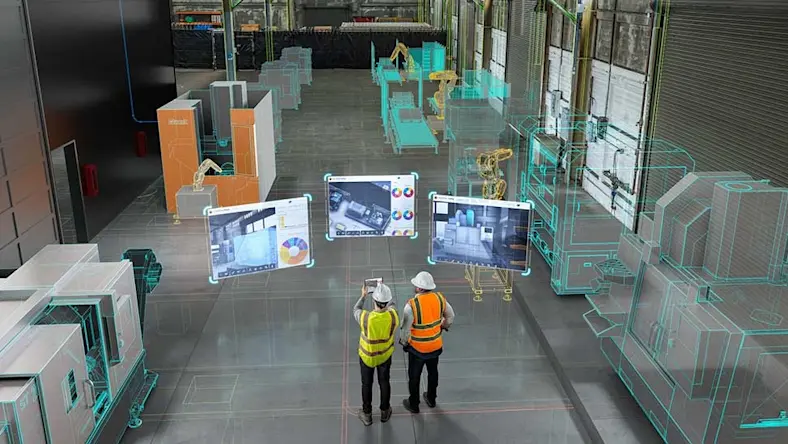& Construction

Integrated BIM tools, including Revit, AutoCAD, and Civil 3D
& Manufacturing

Professional CAD/CAM tools built on Inventor and AutoCAD
I'm Vincent Wegener. I'm the managing director of RAMLAB. RAMLAB stands for Rotterdam Additive Manufacturing Lab, and we are located in the Port of Rotterdam.
The Port of Rotterdam used to be the largest port in the world.
And the Port of Rotterdam Authority is now pursuing the strategy of becoming the smartest port in the world.
The Port Authority is investing in, you know, all kinds of innovative initiatives. So RAMLAB is one of those initiatives.
We did a study in 2015 together with all kinds of offshore maritime companies.
And from that pilot, the Port of Rotterdam, they ask us, "Okay, how can we continue this pilot after this is finished?" We came up with the plan to set up a lab, and they approved, and we started last year.
We are trying to solve several several problems. One is conventional way of manufacturing is, you know, most of large parts are casted.
When you cast a part, you have to make the mold; you have to, you have to post-process it; you have to transport it—it can take up to six months to a year before you get your part.
For many of the end users that are a partner of RAMLAB, they they would like to see that shortened. So if you can make a part in a few days, a lot of companies will be helped with that. There are a lot of warehouses in the Port of Rotterdam. There are studies that have been done that 70% is never used. Never—spare parts will never be used. It's also a waste of a lot of resources. So from that perspective, they're saying, "How can we disrupt ourselves? How can we go to a world where you have a digital warehouse so you no longer have these physical warehouses?"
They're actively looking for new business models as a Port of Rotterdam Authority. That's the starting point for setting up the lab. The process we're using is wire arc additive manufacturing. Basically, it's welding, 3D, but then 3D welding. It took about 240 hours to make, to make the propeller—so 10 days full-time nonstop.
The maritime and offshore world, they have strict rules and certifications. So the challenge for us was not only to make a part but also to certify it. If you cannot get the certified partner like BV or Lloyd's onboard, then it's no use to start making making parts. So we involved them from from the start.
My personal drive is I love tech; I love innovation. And the thing is you always see it's out there somewhere on the other other side of the world. They're doing it. Why not here in Rotterdam? That was my personal drive—like, why shouldn't we do this here?
You can you can achieve a lot with a small team. It's the typical path from nonbelievers to believers.
PD&M
Emerging Tech
Image courtesy of GE Aerospace.
Executive insights


